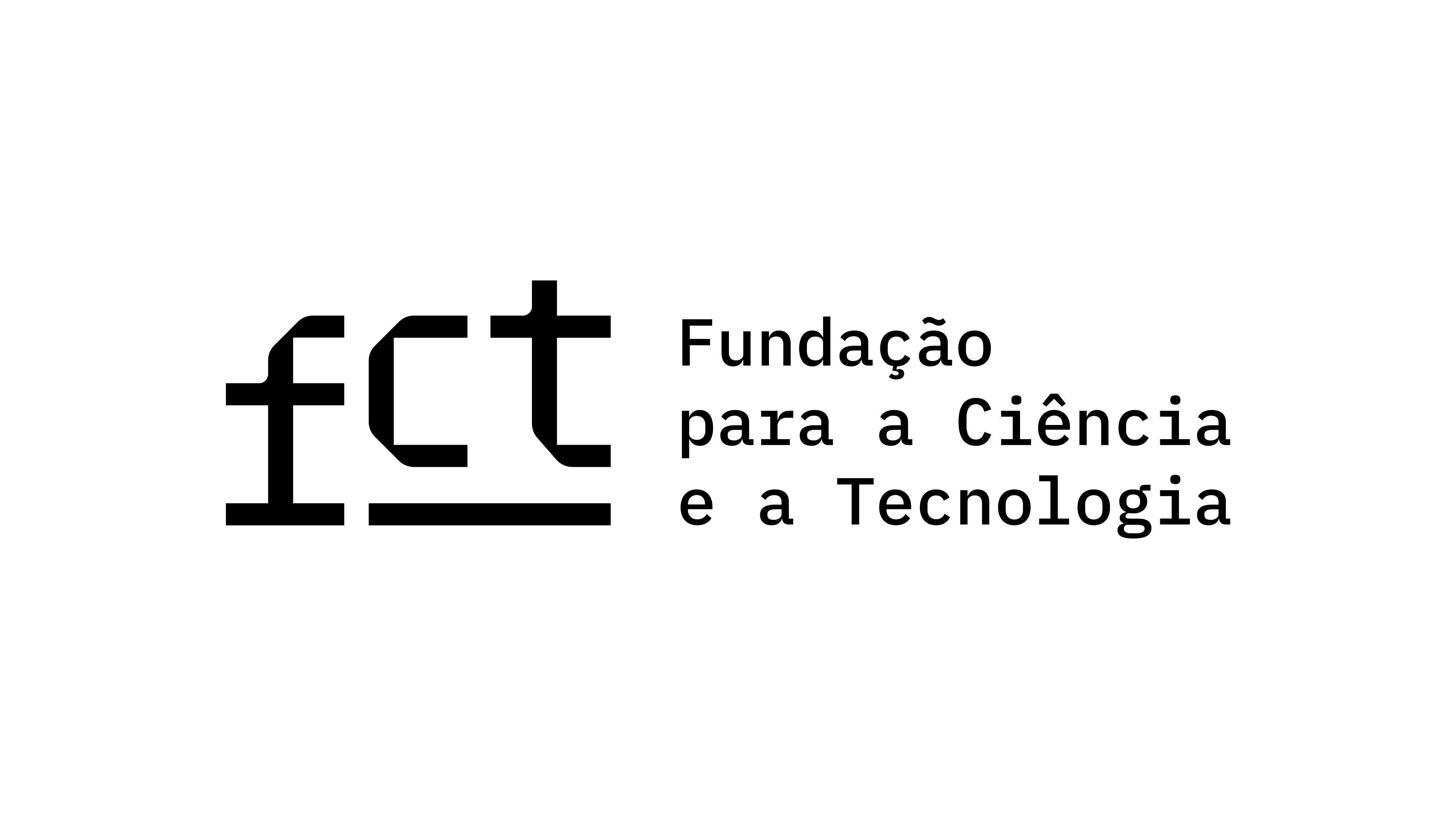Rediscovering our Humanity: How the Posthuman Noir Anime Darker Than Black Subverts the Tropes of Film Noir to Reaffirm a Humanist Agenda
Keywords:
anime, posthuman, film noir, anthropocentric, Tensai OkamuraAbstract
There is an inherent contradiction at the heart of posthuman noir in Anglo-American film and Japanese anime; this sub-genre focuses on science fictional futures where characters have moved beyond the traditional boundaries of what is considered human; however, the emphasis is often on more typically human traits of emotion and irrationality and their awakening/re-awakening in these posthuman characters. This hints that the sub- genre is not in fact positing a truly posthumanist standpoint but reaffirming an older humanist one, assuaging fears that what is traditionally considered human still has a place in these technologically advanced worlds.
Posthuman noir is concerned with the fears and possibilities afforded by the modification of the humanity and how human nature is preserved or perpetuated through these changes. These concerns are presented through adopting elements found in the traditional film noir corpus—spanning from The Maltese Falcon (J. Huston, 1941) to A Touch of Evil (O. Wells, 1958)—and adapting or subverting them.
This article will examine, through a case study of Tensai Okamura’s Darker Than Black, two specific areas where the anthropocentric agenda of posthuman noir is particularly evident—narrative structure and characterisation. To examine these ideas three areas of critical debate are initially explored; the sub-genre of posthuman noir is introduced and defined; pertinent philosophical and ontological questions of what it means to be posthuman, transhuman and posthumanist are identified; and finally, relevant issues relating to the contested genre of film noir are raised. These theories are applied to Darker Than Black to demonstrate how posthuman noir validates the continuing status of the human at the centre of focus in science fictional posthuman futures.





